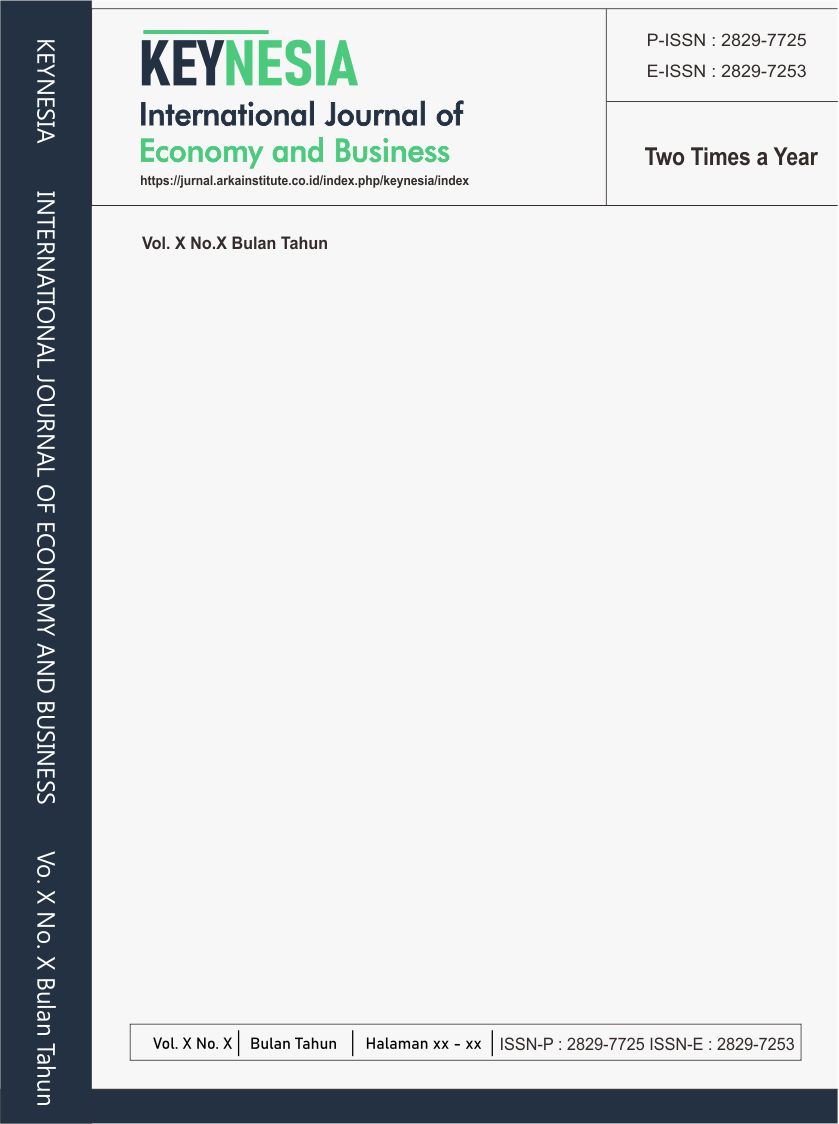Analysis of factors affecting inflation rates during the crisis period in six ASEAN countries during 1997 – 2021
Main Article Content
Abstract
Inflation is a macroeconomic indicator that can affect domestic and international economic conditions. Although economic growth, money supply, international trade, and unemployment play an important role in an economy, when looking at economic stability, the inflation rate is an important factor. Therefore, the purpose of this study is to find out what factors affect the inflation rate during the crisis period from 1997 to 2021 in six ASEAN countries. This study uses variables that determine the inflation rate. First, which shows that economic growth affects the inflation rate, then second, the variable money supply, which shows that the money supply or broad money affects the operation of inflation. Next is the third variable of exports, the fourth is the import variable. The fifth variable is unemployment in a region, which can also affect inflation. The last variable is the crisis variable, as a dummy variable used to support the research. The data analysis method uses panel data analysis with data sources from the world bank. The results show that the variables that affect the movement of the inflation ratio in ASEAN 6 are economic growth, broad money, and unemployment.
Article Details
Section

This work is licensed under a Creative Commons Attribution-NonCommercial 4.0 International License.

